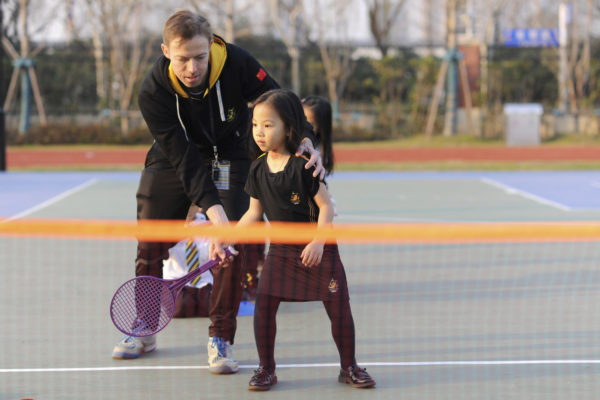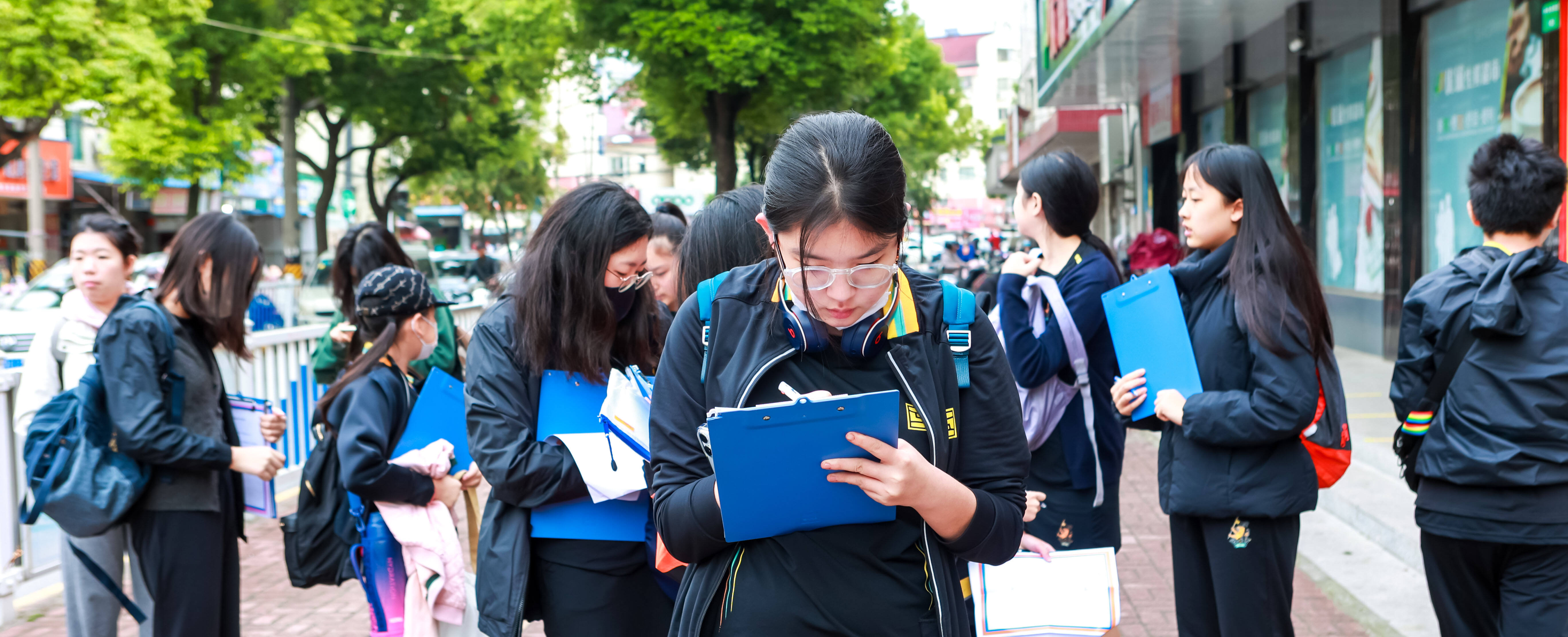At the core of the unique role of specialist subjects like PE in bilingual teaching is the fact that
specialist subjects, for the most part, have a "hands-on" component outside language. This allows us
to demonstrate our language in action, thus bridging any language gaps second language learners might have.
Therefore, we don't always have to do as much additional scaffolding for our lessons as an English or other
"book-based subject" teacher might. For example, after a couple of minutes of "kick the ball!” or “move into
space!” coupled with actual demonstration, the pupil automatically understands the term.
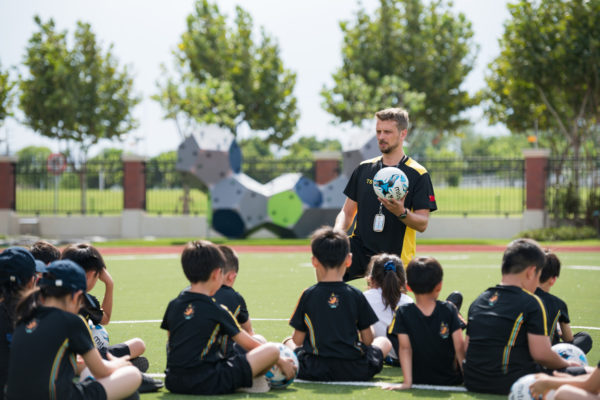
So what do we do with this special power as specialist subject teachers? What we can and must do is push the boundaries of language. All our instruction is done in English and the pupils are not coddled. Sure, it might take extra stretching for pupils initially, but they make quick strides in language skills in this specialist environment. We must keep the standards high, but also continue to be cognisant of the different learning styles which must be met in such a cohort. Pupils who don't have the language skills to receive information through listening are forced to use their other modes of learning, such as watching a demonstration or actually kicking the ball themselves. In the end, the same outcome occurs, i.e. understanding of the word "kick", but the learning process is different. So, teachers should make sure to reinforce their verbal instructions with other actions or learning modes that all pupils can view or experience.
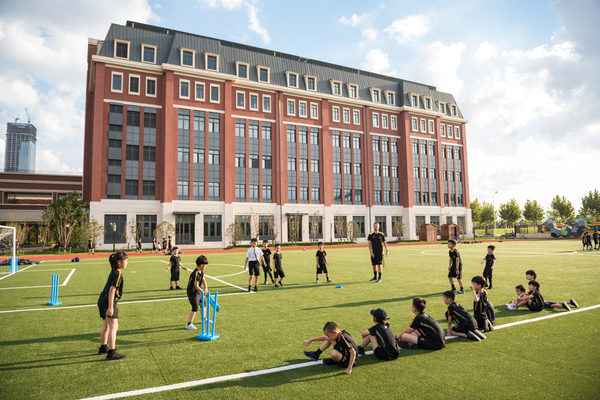
Here I’ve adapted five principles and specific teaching and learning strategies to demonstrate how PE and sport at Huili can accelerate the learning process, promote academic achievement, and foster language acquisition for all our pupils:
1We are all language teachers
PE teachers and sports coaches can actively focus on academic language, literacy, and vocabulary: English
language learners who appear to be fully fluent in English may nonetheless struggle to express themselves effectively
in academic settings. Research shows that pupils should be explicitly taught the language skills they need to succeed
in the classroom (Saunders & Goldenberg, 2010).
2Link background knowledge and culture to learning
Numerous studies show that pupils perform better when their home culture and background knowledge are incorporated
into the academic environment. Accessing activities such as Tai Chi and Chinese dance through our CCA programme/Huili
Academy are excellent examples of this.
3Increase comprehensible input and language output
English language learners learn both through the language they encounter (input) and the language they produce
(output). Input should be at a level that is challenging but nonetheless comprehensible. Pupils should also be given
ample opportunity to produce language, and they should receive direct feedback to increase their comprehension and
improve their language in PE lessons as well as language lessons such as English.
4Promote classroom interaction
English language learners’ vocabulary, grammar, and pronunciation develop faster when there are opportunities for
interaction in the classroom using the language being learned. Interaction among pupils and with the teacher is
crucial in the language acquisition process. Pupils in PE classes will be asked questions like ‘describe what an
excellent teammate sounds like?’, ‘tell me about how you feel when you are resilient?‘ etc.
5Stimulate higher order thinking skills and the use of learning strategies
All pupils benefit from learning the thinking skills and learning strategies that are used naturally by the
highest-performing English language learners. For example, in a PE class on the topic of fitness, we might compare and
contrast the training and techniques of a sumo wrestler versus a rhythmic gymnast. Pupils will use debating strategies
to both explain and demonstrate their understanding of the inherent differences between the two approaches.
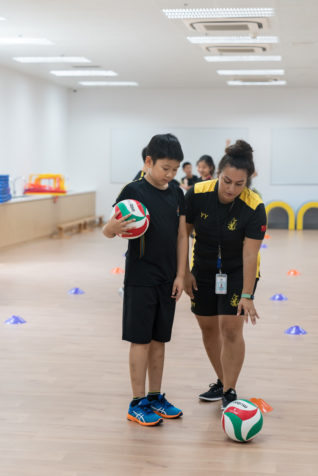
Here at Huili we have developed various teaching strategies and abilities to help us deliver our subject content (PE and sport) with bilingualism and bilingual education at the heart.
Our Top 5 Language Immersion Teaching Skills
- The ability to use visuals, gestures, body language, expressions, modeling, and movement to
complement verbal cues.
- The ability to motivate pupils to keep using the target language .
- The ability to ask/pose open-ended questions and central ideas.
- The ability to regularly assess pupils’ language skill development alongside knowledge, skills
and understanding.
- The ability to think strategically about the various types of pupil interactions and to vary
them, promoting a dynamic learning environment.
